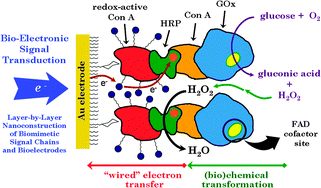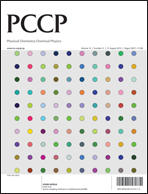*
Corresponding authors
a
Instituto de Investigaciones Fisicoquímicas Teóricas y Aplicadas (INIFTA), Departamento de Química, Facultad de Ciencias Exactas, Universidad Nacional de La Plata, CONICET, CC 16 Suc. 4, 1900 La Plata, Argentina
E-mail:
azzaroni@inifta.unlp.edu.ar
Web: http://softmatter.quimica.unlp.edu.ar
b
Centro de Microscopías Avanzadas (CMA), Facultad de Ciencias Exactas y Naturales, Universidad de Buenos Aires, Ciudad Universitaria, Pabellón 1, Buenos Aires, Argentina
c
Consejo Nacional de Investigaciones Científicas y Técnicas, Buenos Aires, Argentina
d
Max-Planck-Intitut für Polymerforschung, Ackermannweg 10, 55128 Mainz, Germany
e
Austrian Institute of Technology (AIT), Donau-City-Strasse 1, 1220 Vienna, Austria
f
INQUIMAE, Departamento de Química Inorgánica, Analítica y Química Física, Facultad de Ciencias Exactas y Naturales, Universidad de Buenos Aires, Ciudad Universitaria, Pabellón 2, Buenos Aires, Argentina
E-mail:
battagli@qi.fcen.uba.ar
Web: http://www.qi.fcen.uba.ar/personales/battaglini.htm


 Please wait while we load your content...
Please wait while we load your content...